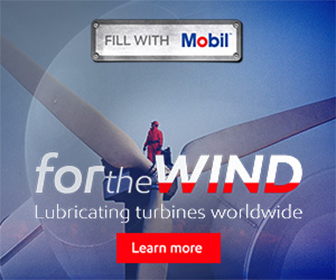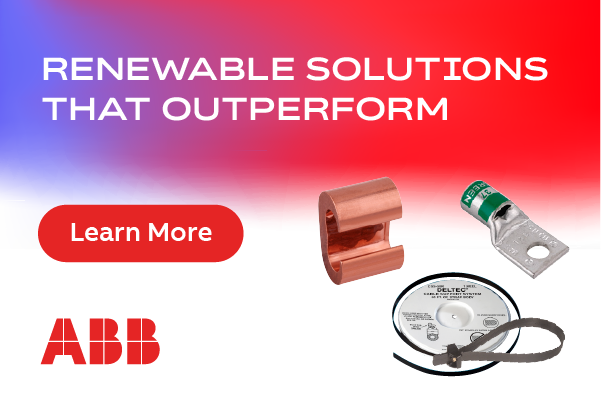Turbine Technology Assessment - Managing risks during development and construction
Turbine technology and its impact on long term operations and maintenance (O&M) cost has often been overlooked during the pre-commissioning stage of a wind farm's life cycle. In the past, certain turbine technologies have had serial issues that dramatically impacted the long term O&M cost budgets. At times, these costs have decimated operating project profits.
As the market consolidated for turbines in the 1-2.5MW class, with supply dominated by a small number of well-known OEMs with similar drivetrain designs, the uncertainty associated with forecasted O&M costs was reduced. Failure modes for the 1-2.5MW class turbines are better understood, and an established refurbishment supply chain supports the technologies.
However, turbine technology changes fast in the wind industry. Newer turbines with larger rotors are being installed at more turbulent sites. Driven by the need to reduce CAPEX, gearbox manufacturers are introducing more compact and innovative designs with higher power density. In combination with utilizing newer manufacturing techniques and materials, these designs have introduced greater uncertainties into wind farm operation and turbine performance, including:
- Increased sensitivity to manufacturing and assembly quality, due to increased complexity;
- Increased supply chain risk from bespoke designs produced by a single manufacturer;
- More complex load transmission paths which complicate the ability of traditional condition monitoring systems to expose defects;
- Higher sensitivity to operating conditions (e.g. off-axis loads due to turbulence and wind shear);
- Limited performance track record;
- Difficulty in up-tower repair due to the compact nature of the design, increasing the costs of repair and replacement of bearings; an inevitable prospect in the 20+ year asset life.
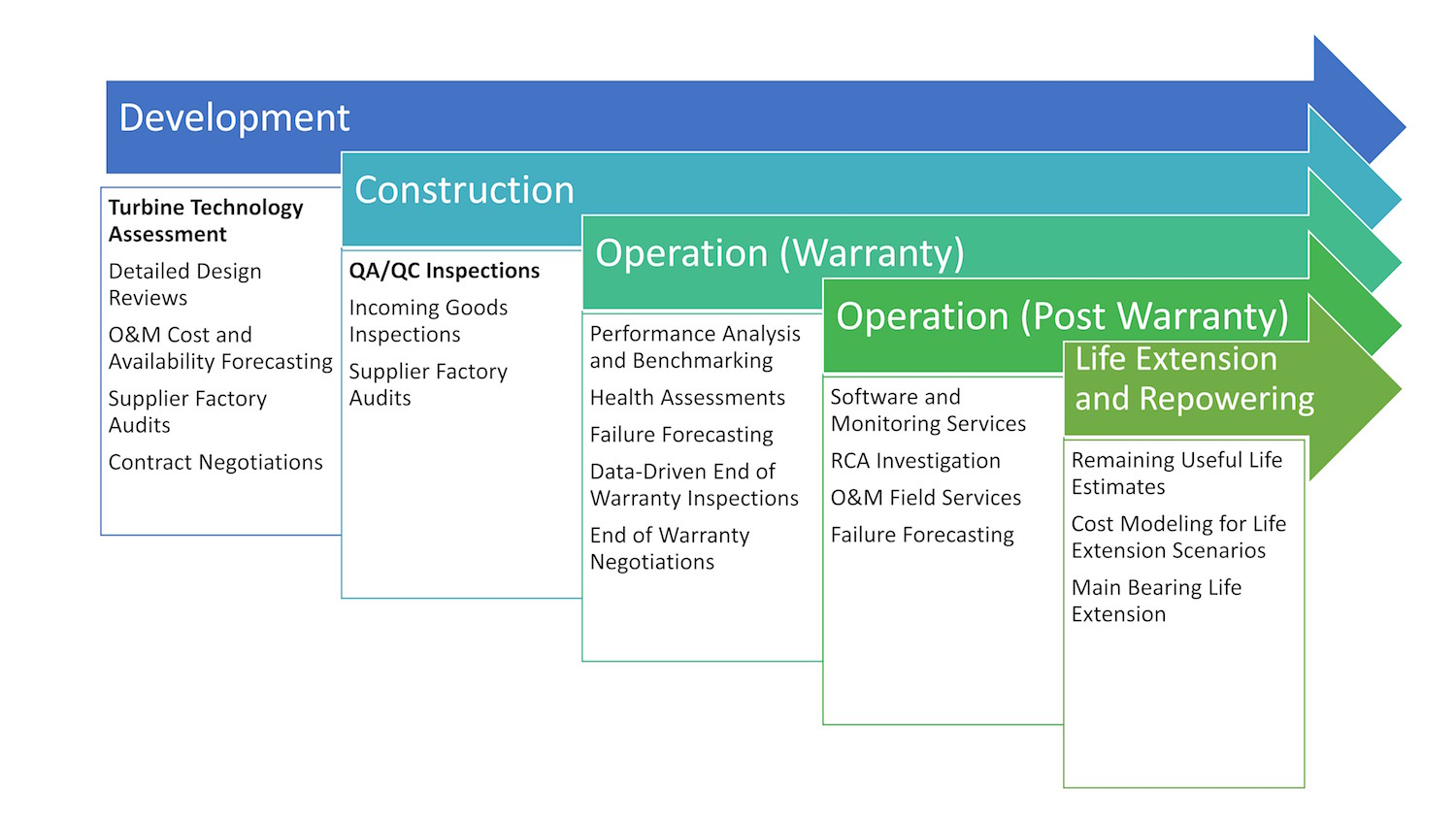 Technology choices have long-term impacts on a wind farm's profitability. A deeper understanding of turbine technology can lessen uncertainty that arises from newer technologies during the development and construction stages of the wind farm lifetime.
Technology choices have long-term impacts on a wind farm's profitability. A deeper understanding of turbine technology can lessen uncertainty that arises from newer technologies during the development and construction stages of the wind farm lifetime.
Development stage
At the wind farm development stage, a turbine technology assessment, will not only help the developer to select the best technology for their project, but will also provide project stakeholders with the necessary information to plan for long term project success, including:
- Detailed forecasts for planned and unplanned maintenance costs based on technology specific failure assumptions;
- Elements of the technology that are high risk;
- Details that should be included in the turbine supply agreement (TSA), or contract with the service provider;
- A technology specific operation strategy to maximize availability and minimize cost.
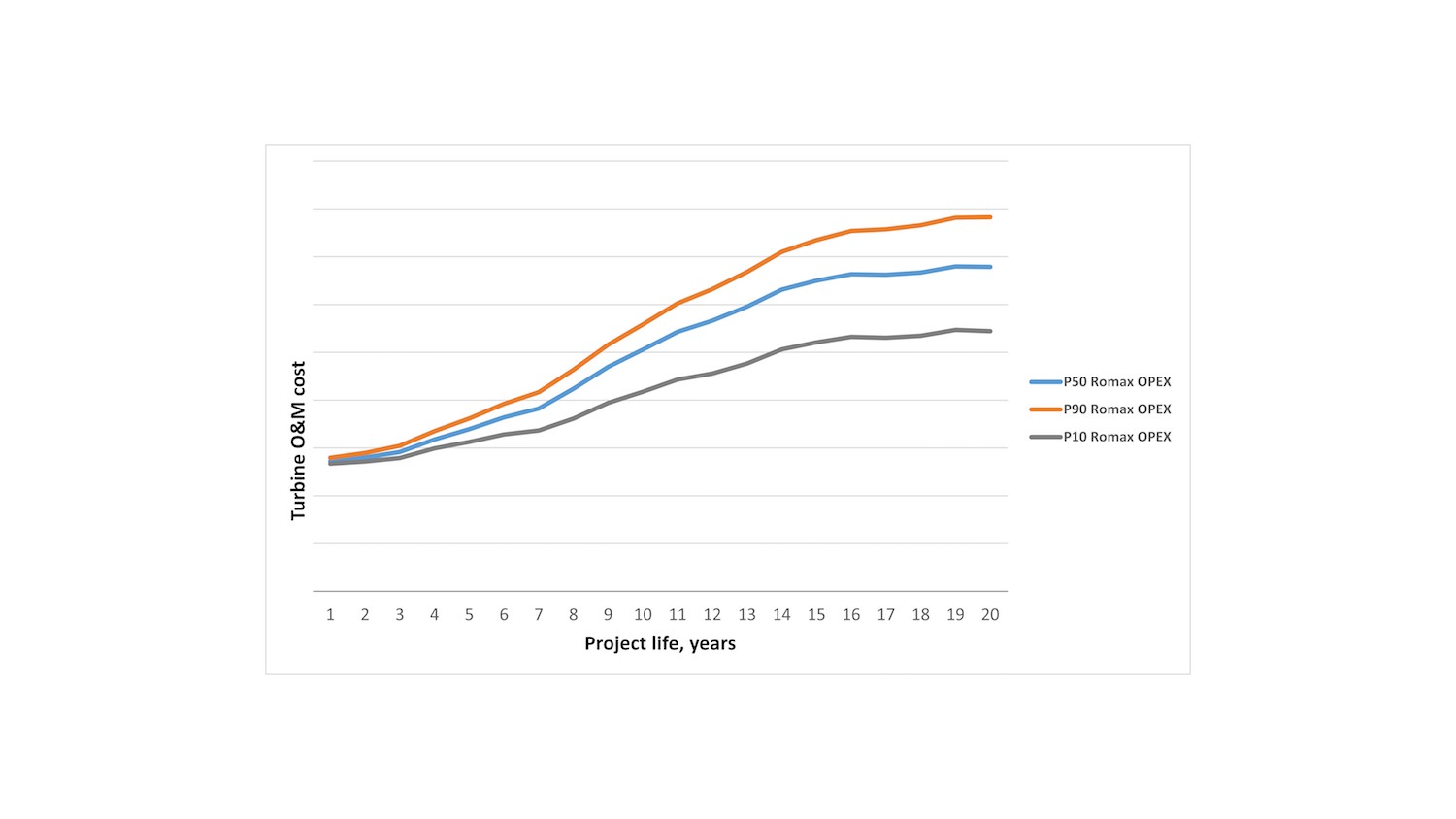 A significant portion of the OPEX budget is the cost of unscheduled maintenance. When it comes to long term OPEX forecasts, many owners assume generic failure rates. This approach often leads to large budgeting errors. More accurate estimates can be produced by using operational data for sufficient number of representative turbines. The Weibull curves generated from this data then need to be modified based on known risks for the specific sites. These site and technology specific Weibull curves are then used to generate detailed OPEX forecasts.
A significant portion of the OPEX budget is the cost of unscheduled maintenance. When it comes to long term OPEX forecasts, many owners assume generic failure rates. This approach often leads to large budgeting errors. More accurate estimates can be produced by using operational data for sufficient number of representative turbines. The Weibull curves generated from this data then need to be modified based on known risks for the specific sites. These site and technology specific Weibull curves are then used to generate detailed OPEX forecasts.
Another benefit of a technology assessment in the development stage is identifying risks associated with a specific technology. Different manufacturers, often with very different failure rates or serviceability, can supply major components for the same turbine. Developers should be aware of those differences to avoid unplanned O&M costs, and ensure the turbines are supplied with the best configuration. Depending on the technology and suppliers, certain aspects of quality assurance should be increased.
Lastly, developers/owners need a clear understanding of the operational data required to enable cost effective operation of the wind farm. It's vital to make sure the OEM provides access to this data early in the project. Neglecting this aspect exposes owners to the risk of underperformance, and leaves them in a weak negotiating position at every significant milestone of the project life (end of warranty or the service contract, serial defect resolution, and change of supplier or regulatory changes).
Construction phase
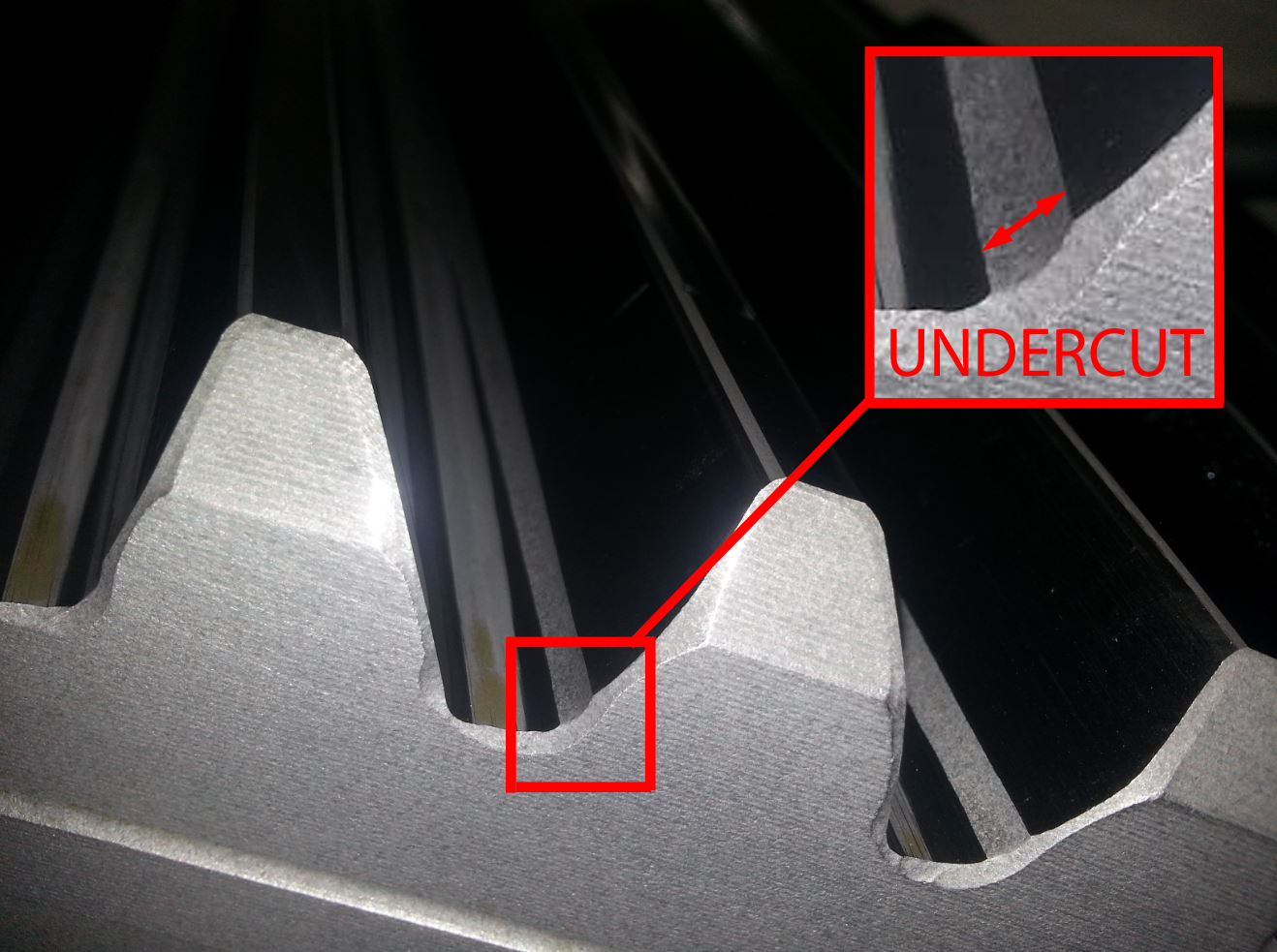 Once a turbine technology has been decided upon and manufacturing begins, the developer/owner can reduce risk to the project timeline and component reliability, by performing supplier factory audits and QA/QC inspections. Verifying the component quality in the factory can ensure manufacturing errors are addressed prior to the component arriving on site. For example, during recent QA/QC inspections, a critical gearbox manufacturing error was observed and rejected by the developer/owner. The turbine manufacturer agreed to remedy the problem prior to shipping the gearbox to site.
Once a turbine technology has been decided upon and manufacturing begins, the developer/owner can reduce risk to the project timeline and component reliability, by performing supplier factory audits and QA/QC inspections. Verifying the component quality in the factory can ensure manufacturing errors are addressed prior to the component arriving on site. For example, during recent QA/QC inspections, a critical gearbox manufacturing error was observed and rejected by the developer/owner. The turbine manufacturer agreed to remedy the problem prior to shipping the gearbox to site.
Once turbines have arrived on site, third party inspections should be performed to identify any damages that may have occurred during transport or pre-commissioning to critical components. These inspections are also utilized by sites as component baselines, and may be referenced against future inspections and during EOW negotiations. The damages on the ring gear of the gearbox shown below were observed by inspectors shortly after turbine commissioning. That wear can now be monitored for further progression. Should an associated component fail, the customer will have ample evidence to support the warranty discussion.
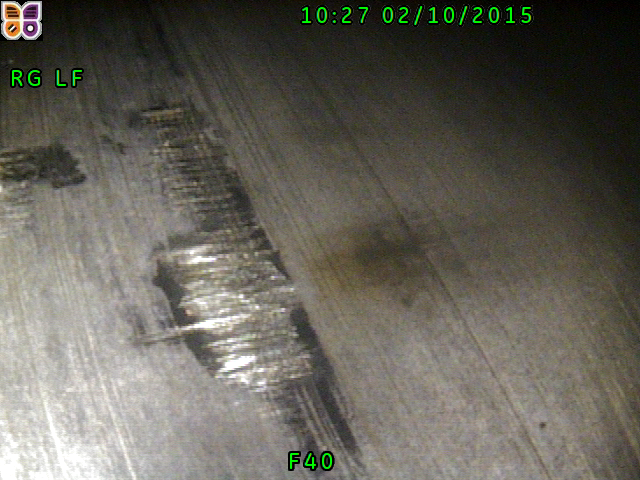
Evgenia Golysheva is head of consultancy for Romax InSight UK. Becki Meadows is business development manager with Romax InSight North America. Romax InSight provides software, services, and hardware for owners, operators, ISP's, investors, and insurers in the wind industry.
Romax Technology | www.romaxtech.com
Author: Evgenia Golysheva and Becki Meadows
Volume: 2017 January/February








